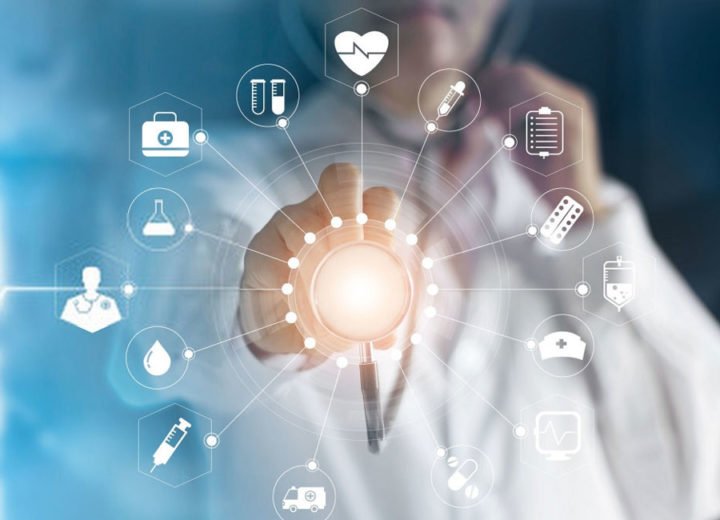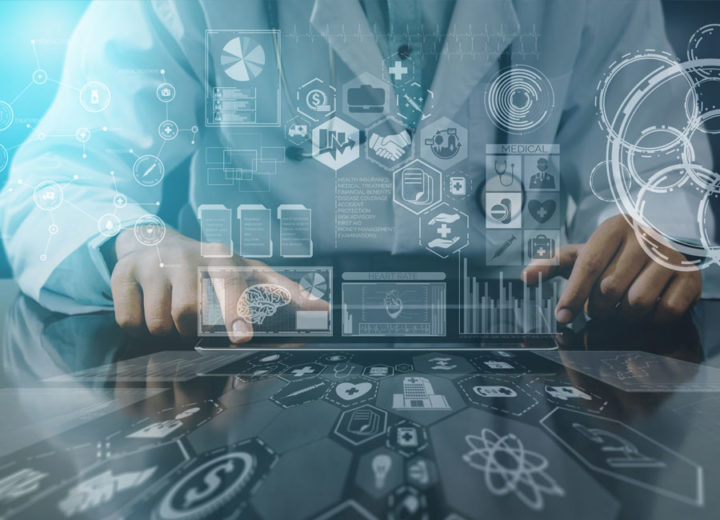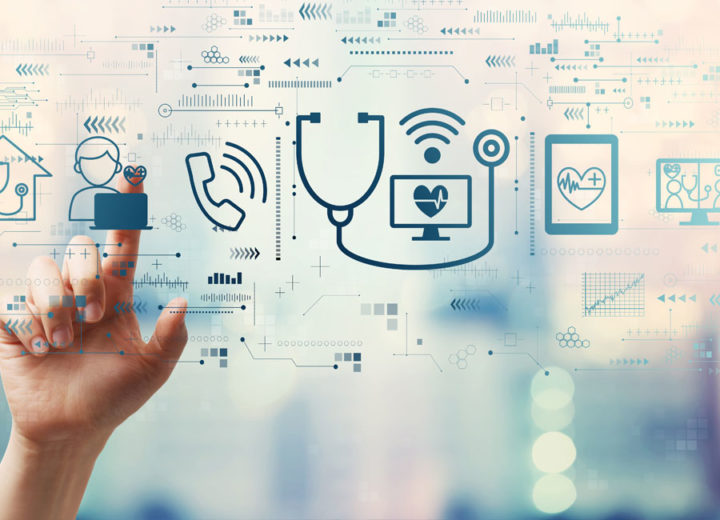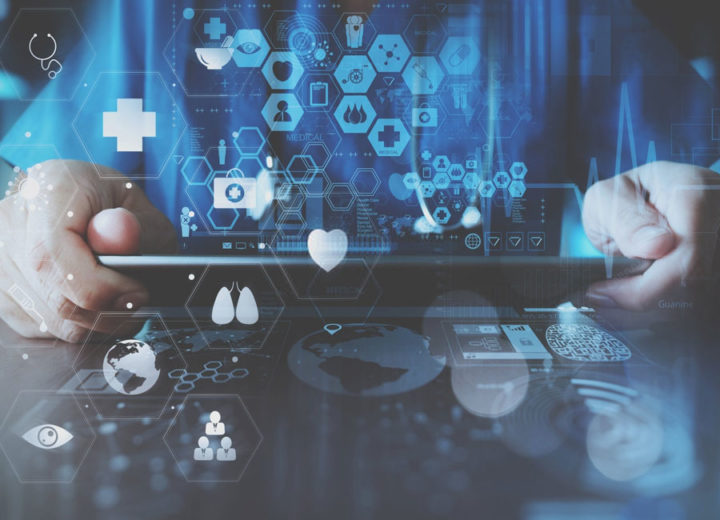Benefits of Remote Patient Monitoring
As essential as patient comfort and involvement are, the advantages of remote patient monitoring go further than that, providing patients with the peace of mind that someone is actively monitoring their health and well-being. RPM also gives patients with extended levels of education, assistance, and evaluation, as compared to conventional healthcare models, because of…





